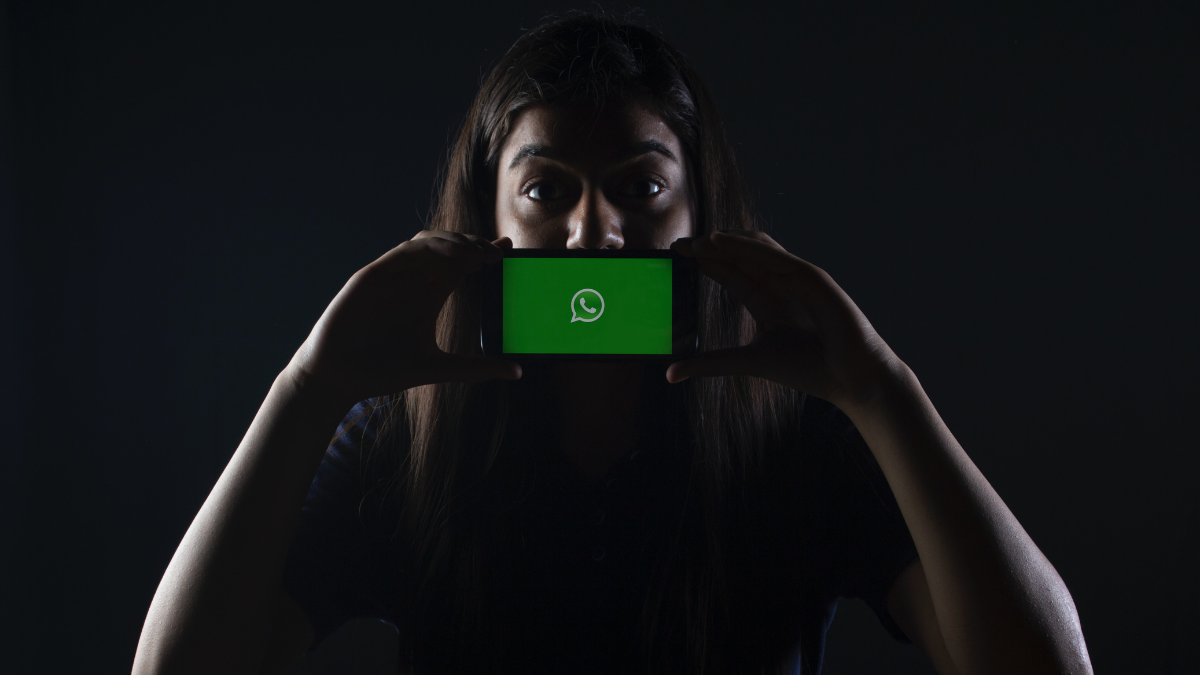Are we missing a marketing trick here in the UK when it comes to using WhatsApp in our campaigns?
With brands launching into the increasingly popular Indian market could we learn from their WhatsApp usage as a country and how brands and marketers are tapping into it? India uses WhatsApp as their marketing and advertising tool of choice it seems. There are 400 million WhatsApp users there. The level of usage amongst citizens there is wider than here, they use the social media app for shopping, banking, accessing medical records as well as communicating with friends and relatives.
So why and how does it work for marketing purposes? Having recently facilitated early research for BrewDog and implemented comms work for Formula E on breaking into the Indian market, we found a large part of their research and communication strategies relied on the end to end encrypted social media app.
What we found was that despite there being 400 million active users in the country it presented a huge opportunity beyond just the user base. The scale of the platform in India means it becomes interesting as a place to join WhatsApp groups focused on a particular market or category which is something we don’t seem to be utilising here in the UK. As chief strategist at Craft Media London, I find this a less formal way than say LinkedIn, as a way of sharing and communicating with people who are actively involved in an industry sector without the formality which can put people off engaging. As an example of this is our Craft Media team used background research to realise that the Formula E, a motorsport championship for electric cars, was likely to share characteristics with those groups who also enjoyed single player sports such as cycling and golf. They therefore tapped into those groups via WhatsApp to spread their messaging and understand the demographic and their needs in terms of recreational sport.
So why aren’t we tapping into the potential marketing prowess of WhatsApp, after all the UK has a higher percentage of WhatsApp users per capita than India at 60% to 29%. Why then as marketers do we seem reticent to use the popular social media app as a trusted form of reaching our audience here. It is nigh on impossible to understand the user’s data, and therefore who is exposed to a campaign which could be part of people’s reluctance. However, given the low cost of entry which makes it easily accessible to small businesses and also being able to more broadly understand the demographics of those most likely to be using WhatsApp through research tools such as Global Web Index, you can easily get a sense of who your messaging will reach. This is a solid reason for more media agencies to use it to gather results and appetite in test cases. Those could be as simple as delivering a voucher redeem or a simple sticker/emoji campaign to appeal to fans in a particular market before rolling out to other markets.
Another thing we know about WhatsApp is that the messages have a high open rate as they are usually opened within minutes of being received. This makes it an effective platform for time-sensitive marketing campaigns. The fact that businesses and marketers need to obtain the user’s consent to receive marketing messages means it is more tricky to direct message potential consumers. However, just like email marketing there are ways around this including an opt out facility.
WhatsApp isn’t used as the sole marketing tool for companies and brands launching in India but it does show a strength in its use as an insights and connections building platform. Therefore it is extremely useful in a research capacity and as part of a wider media strategy to build communities.
Featured image: Rachit Tank / Unsplash

